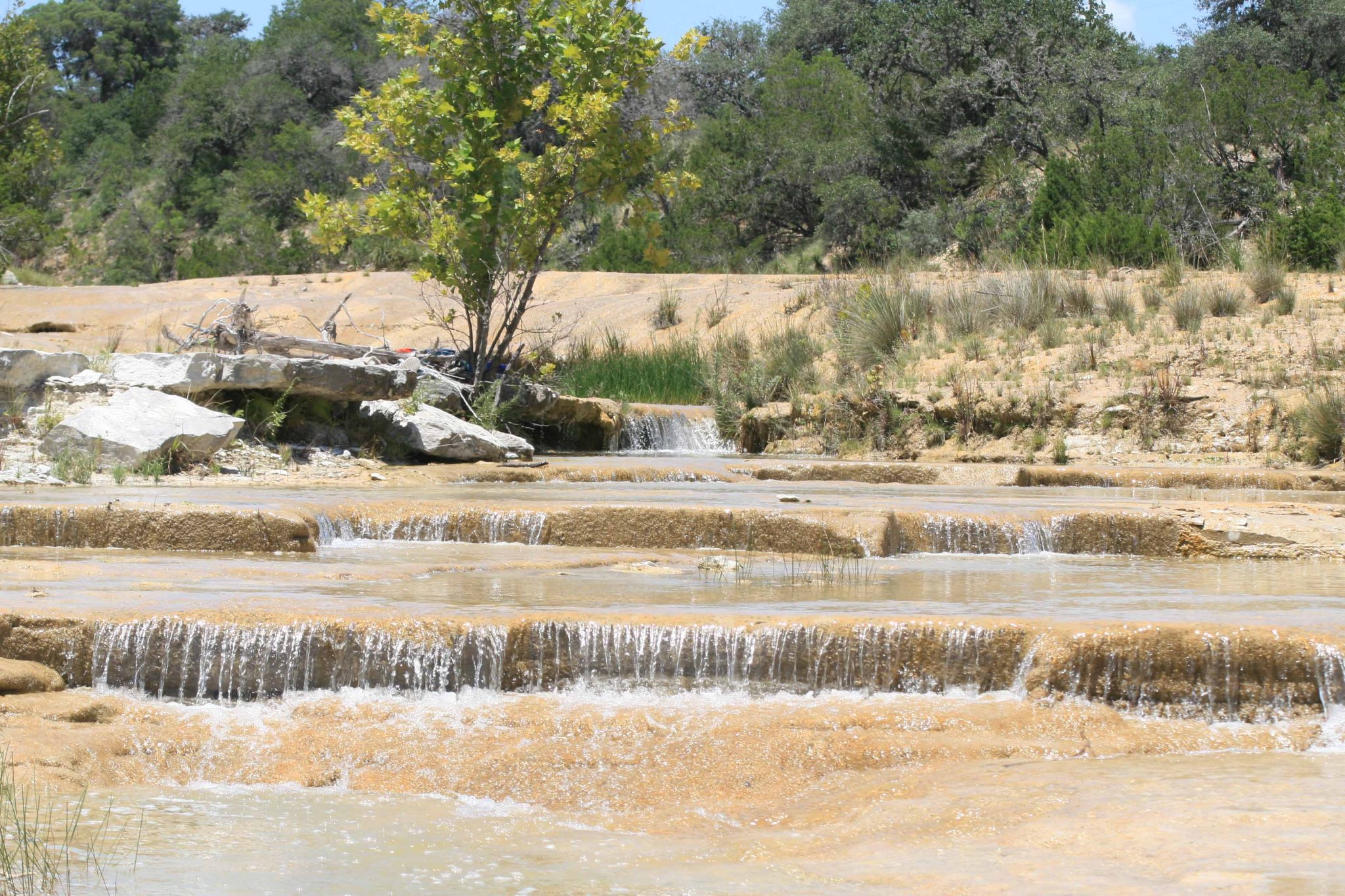
Texas Waterways – Rivers, Streams, & Dreams
For many, owning a place in Texas with running water is a dream. But with the fulfillment of that dream, they may be in for some surprises due to Texas water law. Texas water law dates back to Spanish law which carried over when Texas was part of Mexico and all these rights were retained when Texas joined the Union.
When considering landowner and public rights in relation to running water it must first be determined if the river or stream is navigable. One might think that would be an easy distinction simply by looking at whether some form of transportation can be used to move up or down the river or stream. However, that is not the case. In fact, a navigable river or stream doesn’t even have to have water in it.
There are two ways a river or stream can be considered navigable.
- By statute.
- Navigable-in-fact
A stream is navigable by statute if the average width of the river or stream is at least 30 feet from the mouth up. However, the measurement is also not as straightforward as one would think. The measurement does not take into account the water itself but is considered to be the average distance between the “fast” land banks that divides the river or stream from the adjacent land and the defined channel confining the water.
A stream or river is considered to be navigable-in-fact if it can be used for commerce.
Now that we have established what a navigable waterway is under Texas law, let’s consider what impacts that may have on a property owner who owns land adjacent to a navigable waterway. Most landowners primary concerns will be in relation to public access to and down the waterway and trespass. A landowner cannot obstruct a navigable waterway or prevent public access. However, the public does not have the right to cross private property to access a navigable waterway and cannot trespass on adjacent private land.
As a landowner, you want to make sure to understand that for someone to trespass does not simply mean they are on your land without permission. You must first give notice and notice can be given in several ways.
- Verbally
- In writing
- Signage (Private Property, No Trespassing, etc)
- Posts with purple paint (Purple paint indicates private property, no trespassing)
- Fencing (Designed to hold livestock or keep out intruders)
It is considered trespassing if an individual enters your land after being given notice.
The public most likely also has the right to the limited use of the navigable waterway’s banks for portage and scouting for navigation purposes. Also, the public can use the banks and adjacent property in cases of emergency.
In short, if you are looking to purchase property in Texas with a river or stream you will want to determine if it is a navigable waterway and understand how this may impact your use and enjoyment of your property.
** The above information should not be considered legal advice. Always consult an attorney in matters related to law and/or for legal advice.
Adams, Rusty “Up the Creek, Navigating Public Waterways.” Tierra Grande, Journal of the Real Estate Center at Texas A&M University, January 2018 Volume 25, Number 1 Pages 14-17.